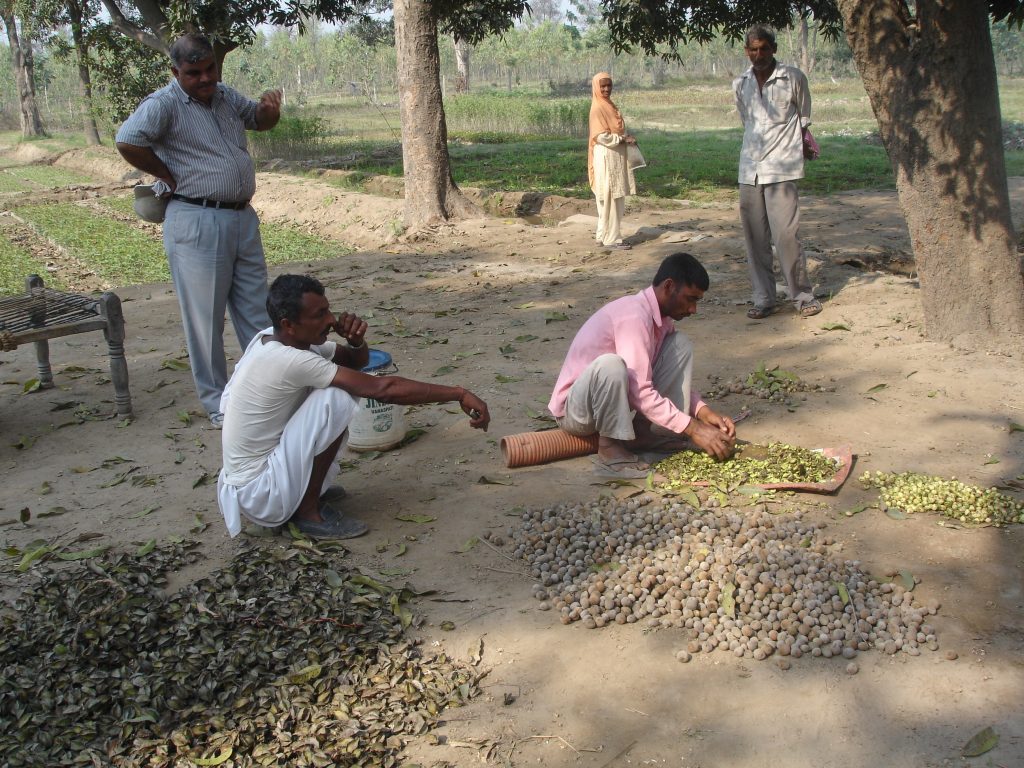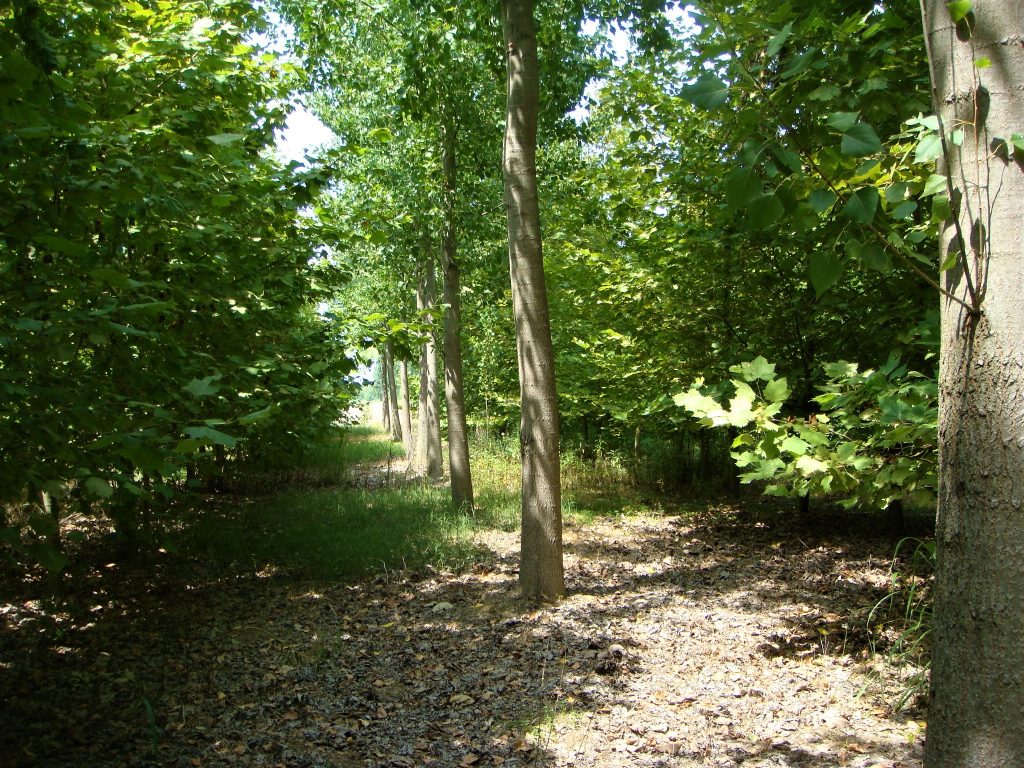Spotlight #82 – More local involvement one key to FLR success
Spotlight #82 – More local involvement one key to FLR success
“What we’ve got here is failure to communicate.”

That classic line from the Paul Newman movie, Cool Hand Luke, has since become a catch phrase to describe situations – some comical, others quite serious – that go awry when people aren’t on the same page.
Used in its more serious sense, that phrase can explain the failure of many Forest Landscape Restoration (FLR) projects.
Read more…Spotlight #81 – Developing evidence-based cases for planted forests
Spotlight #81 – Developing evidence-based cases for planted forests

Plantation forests get a bad rap.
That’s the assessment of Christophe Orazio, who is coordinator of the IUFRO Task Force (TF) on Resilient Planted Forests and, after having led the Planted Forests Facility of the European Forest Institute (EFI-PFF) until its closure in 2019, is now director of the European Institute for Cultivated Forest (IEFC).

Plantation forests get a bad rap.
That’s the assessment of Christophe Orazio, who is coordinator of the IUFRO Task Force (TF) on Resilient Planted Forests and, after having led the Planted Forests Facility of the European Forest Institute (EFI-PFF) until its closure in 2019, is now director of the European Institute for Cultivated Forest (IEFC).
It Takes a Global Village to Plant and Manage a Trillion Trees
It Takes a Global Village to Plant and Manage a Trillion Trees
Author: Dr. John A. Stanturf
John Stanturf is a Visiting Professor at the Estonian University of Life Sciences, Tartu, Estonia, and Senior Restoration Specialist at InNovaSilva, Vejle, Denmark.
He is Deputy Coordinator of the IUFRO Task Force on “Transforming Forest Landscapes for Future Climates and Human Well-Being”.

Tree planting to combat climate change is wildly popular. Several countries and many organizations talk about planting billions or trillions of seedlings. Contrary viewpoints have also hit the popular press and scientific journals, pointing out that the need to reduce GHG emissions still remains the greatest challenge. Overlooked in many of these high profile news items is the reality that tree planting is not a simple activity; to be successful, we must plant the right trees, in the right places, at the proper time for young seedlings to prosper, grow, and eventually provide multiple benefits including biodiversity. Because it takes several decades until restored forests reach desired carbon sequestration levels, long-term management of forests and trees is key. And establishing new forests is even more complicated; successful tree planting requires planting stock grown with specific traits to meet the challenges of particular sites and the restoration objectives. Focusing only on planting ignores everything that is needed to get to the point of planting seedlings, including seed collection, processing, and nursery practices through to caring for seedlings after planting.
